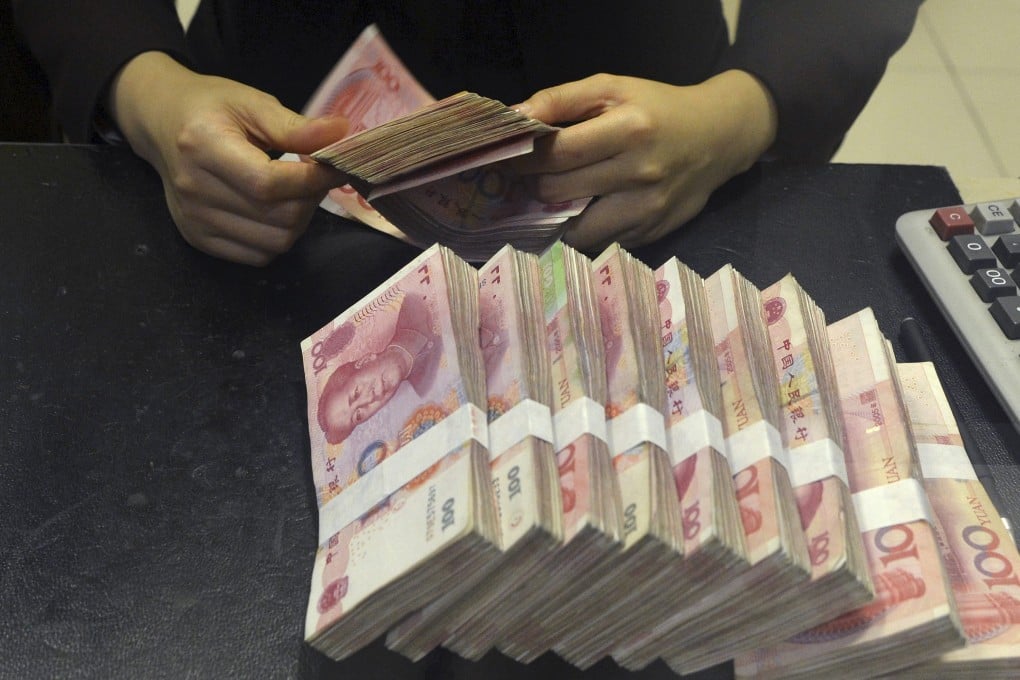China's 'one-two punch' to spur economic growth
Liquidity injection for banking system, coupled with more funds for policy lenders, could help prompt rebound in economy, analysts say

While most eyes are on China's decision on Sunday to inject liquidity into the banking system on a scale not seen since 2008, some analysts expect Beijing will also pump more funds through its policy lenders to support infrastructure investment in a move that could hold the key to rebounding growth.
The 100-basis-point cut in banks' reserve requirement ratio, or the cash banks are required to park as reserve at the central bank, is estimated to add about 1.5 trillion yuan (HK$1.9 trillion) liquidity to the banking system.
Slides in sectors such as property and infrastructure had dampened the first-quarter economic growth to a six-year low of 7 per cent. Analysts said additional sector-specific measures, or "targeted easing", for policy banks would complement the RRR cut in stemming the slides.
Premier Li Keqiang on Friday visited China Development Bank and urged the policy lender to increase lending to projects of strategic importance to the nation, including social housing, railways in the central and western regions, major water facilities, and information infrastructure.
In order to hit the development goals, the government would expand "pledged supplementary lending" (PSL) to policy lenders, Li said. The central bank made a similar cash injection through PSL last year.
"The policy bank lending plan and RRR cut are the one-two punches," said UBS Securities' economists Wang Tao and Harrison Hu in a research note.
